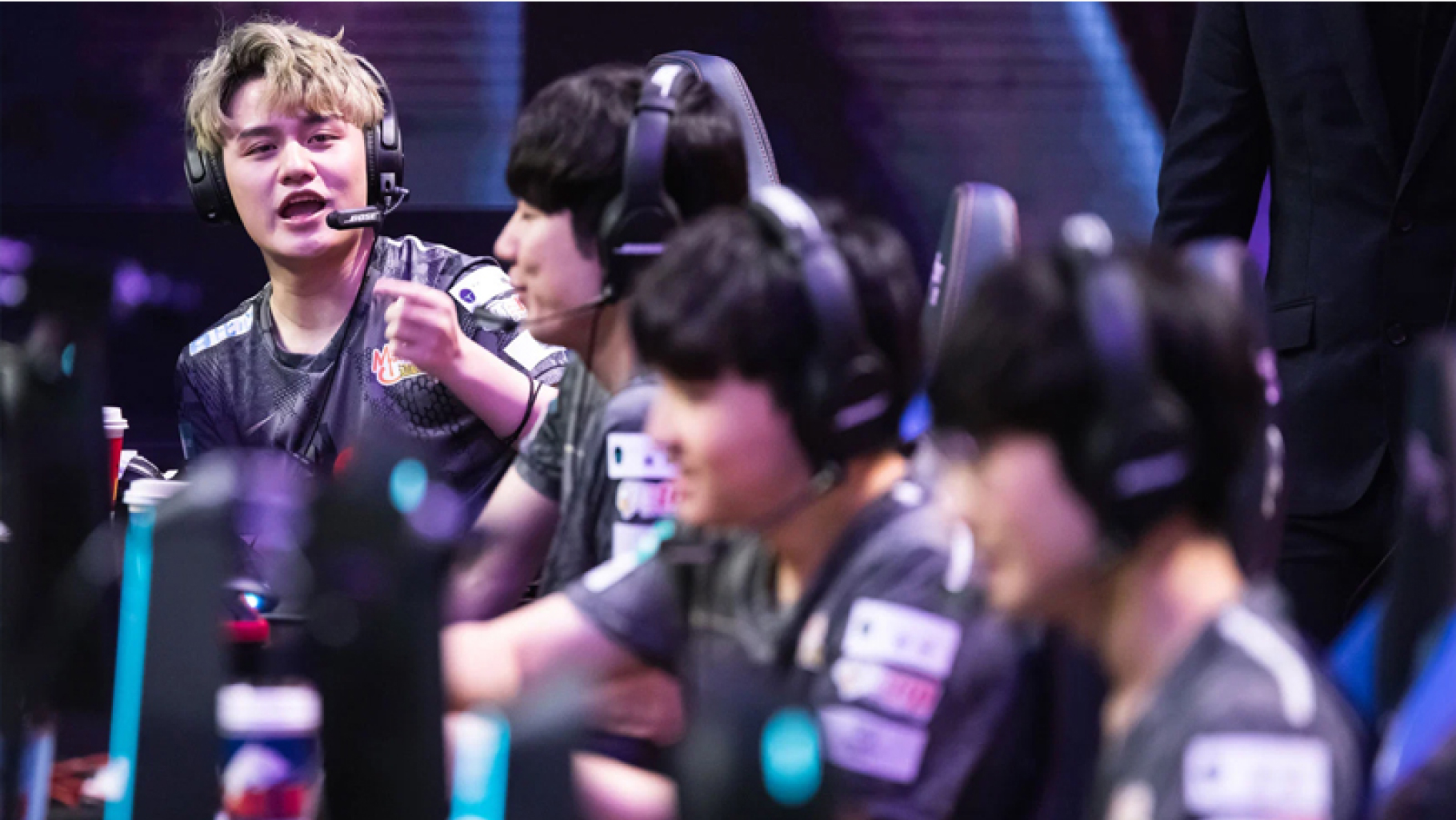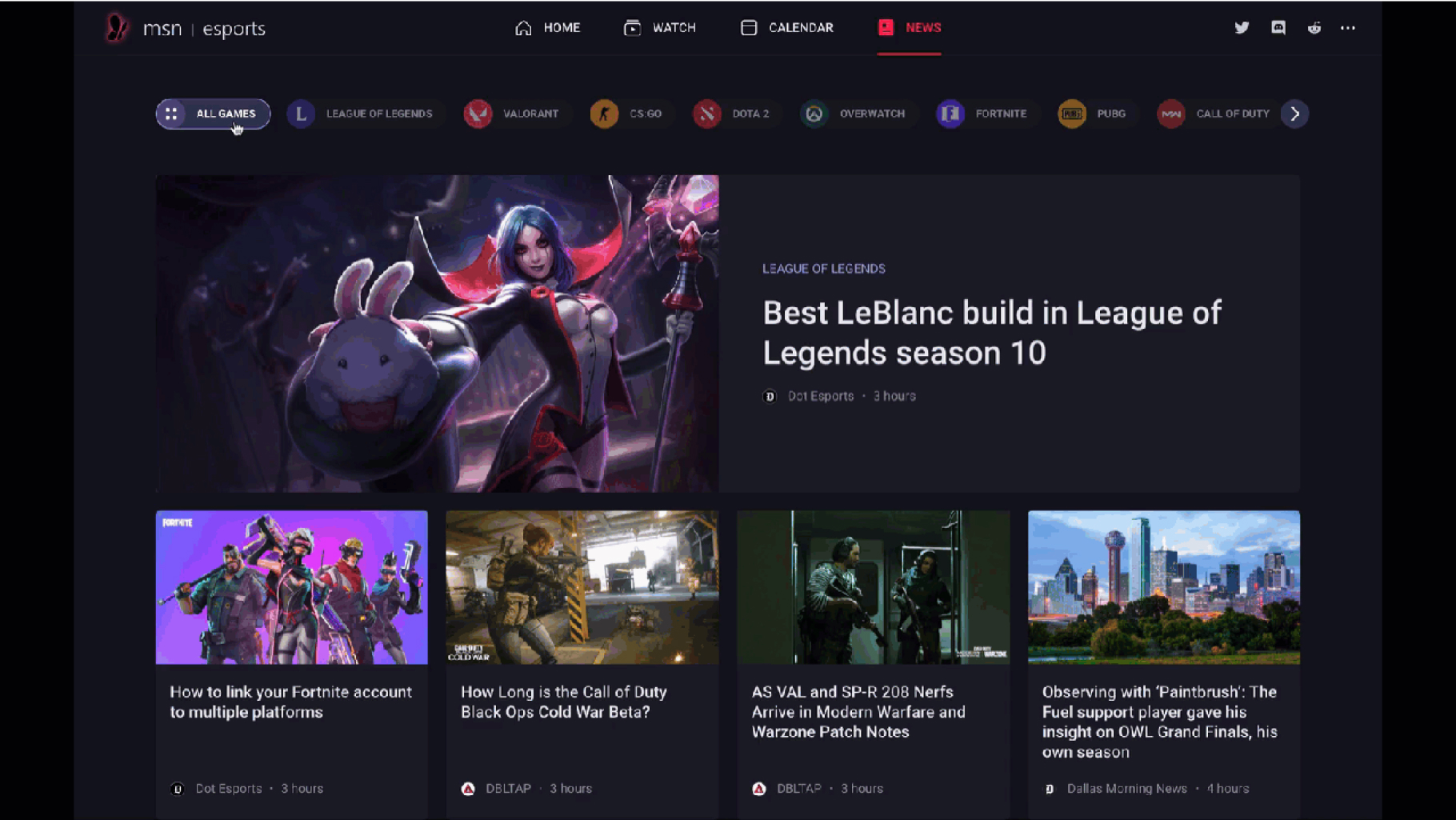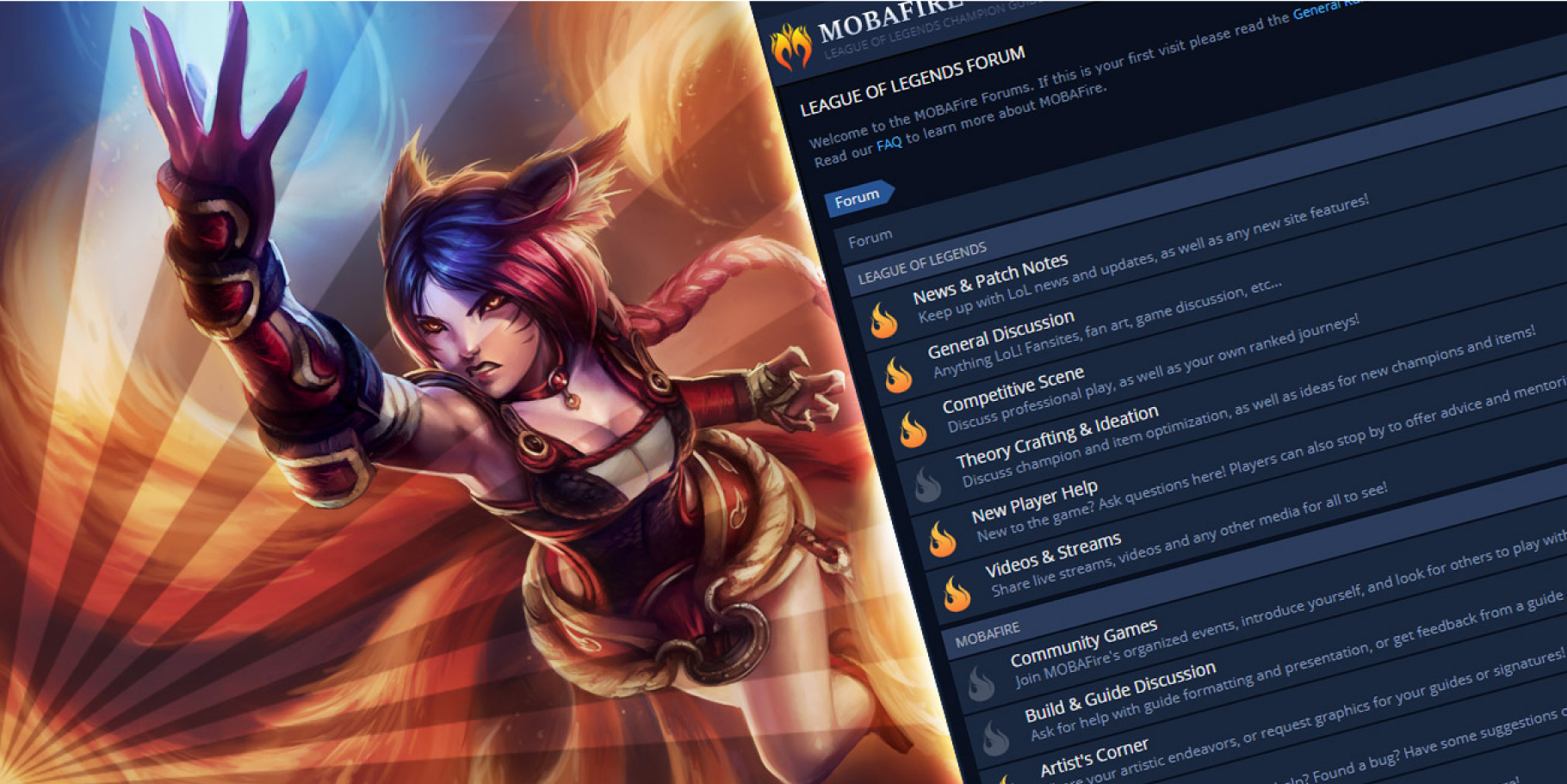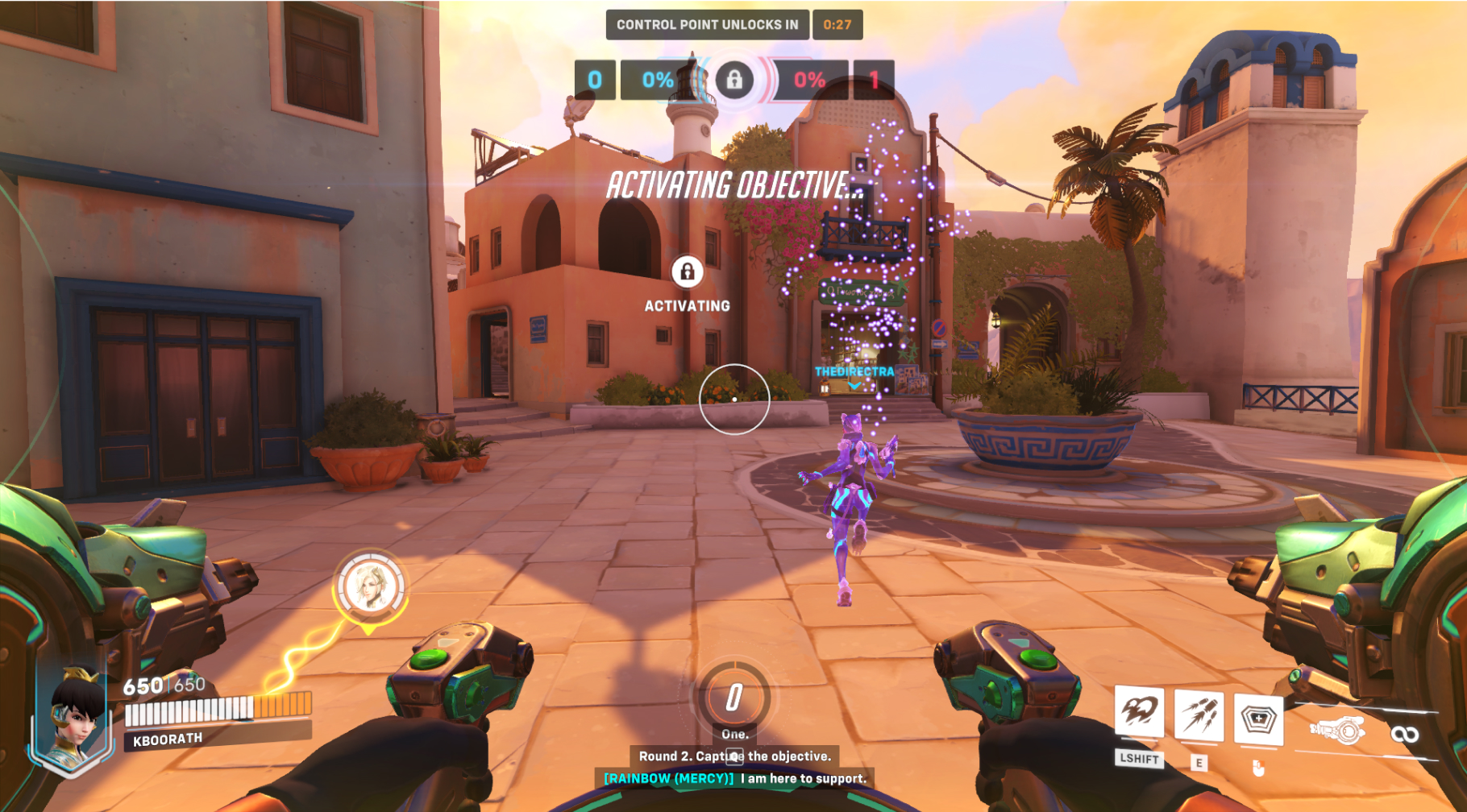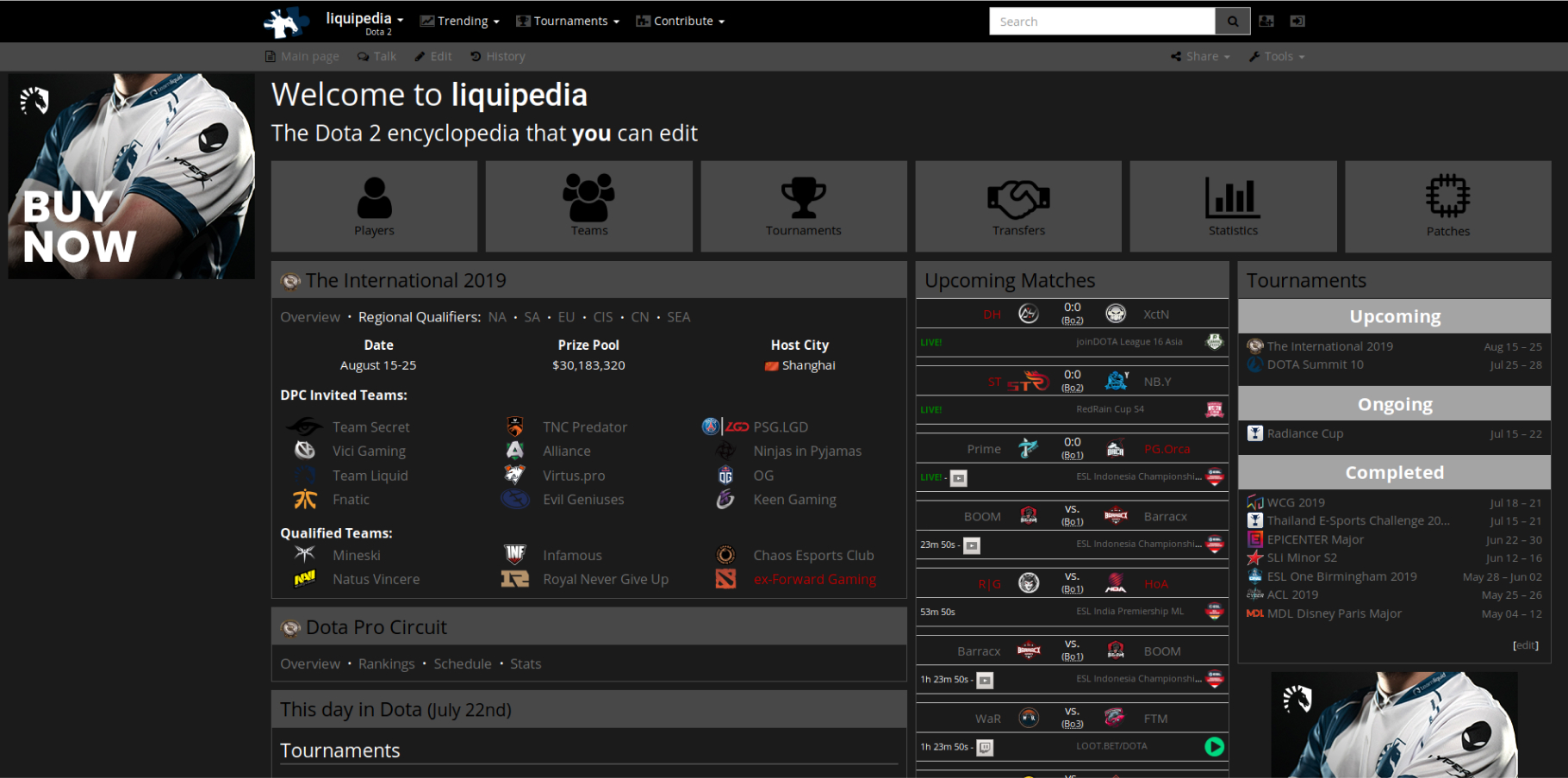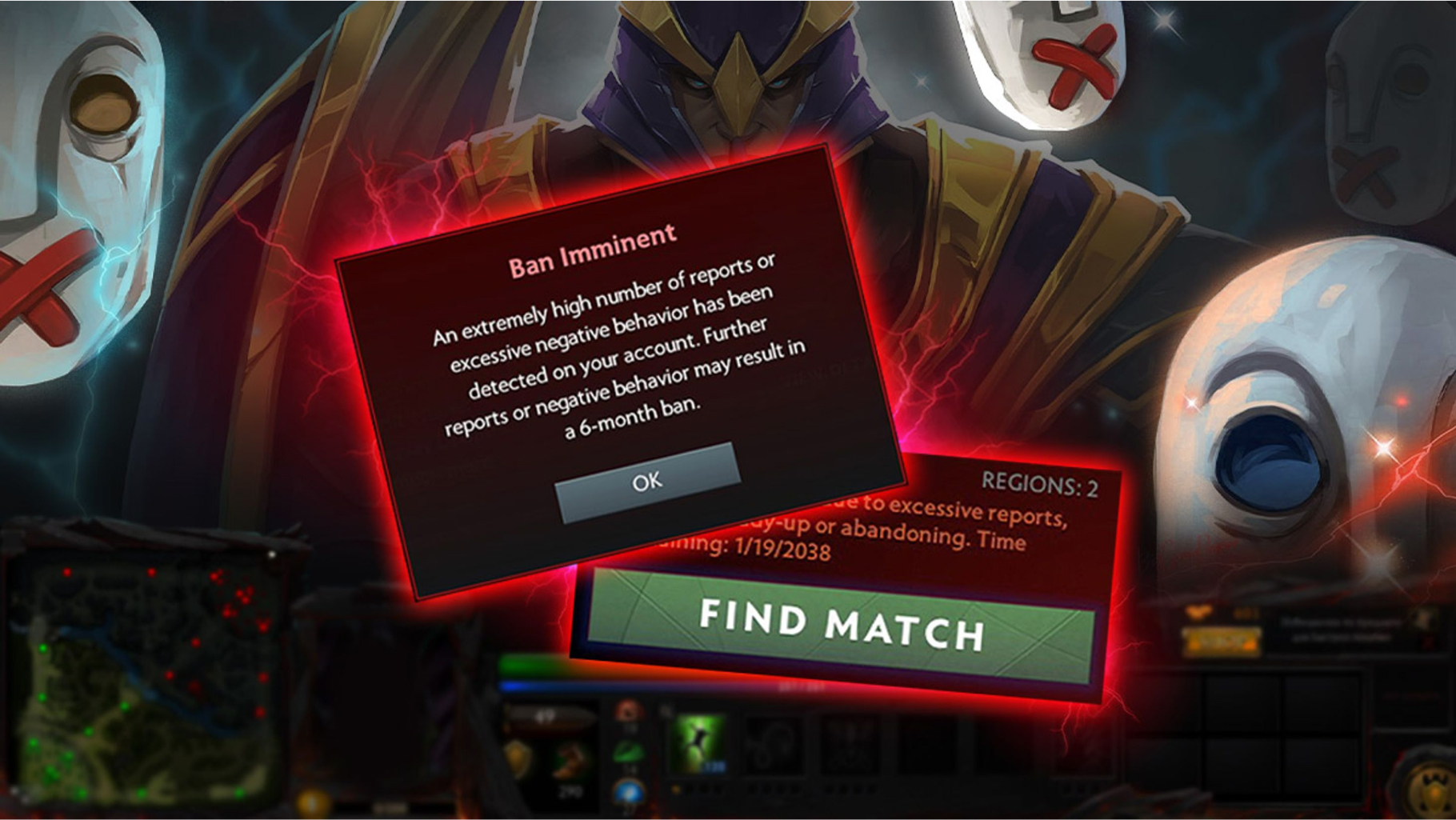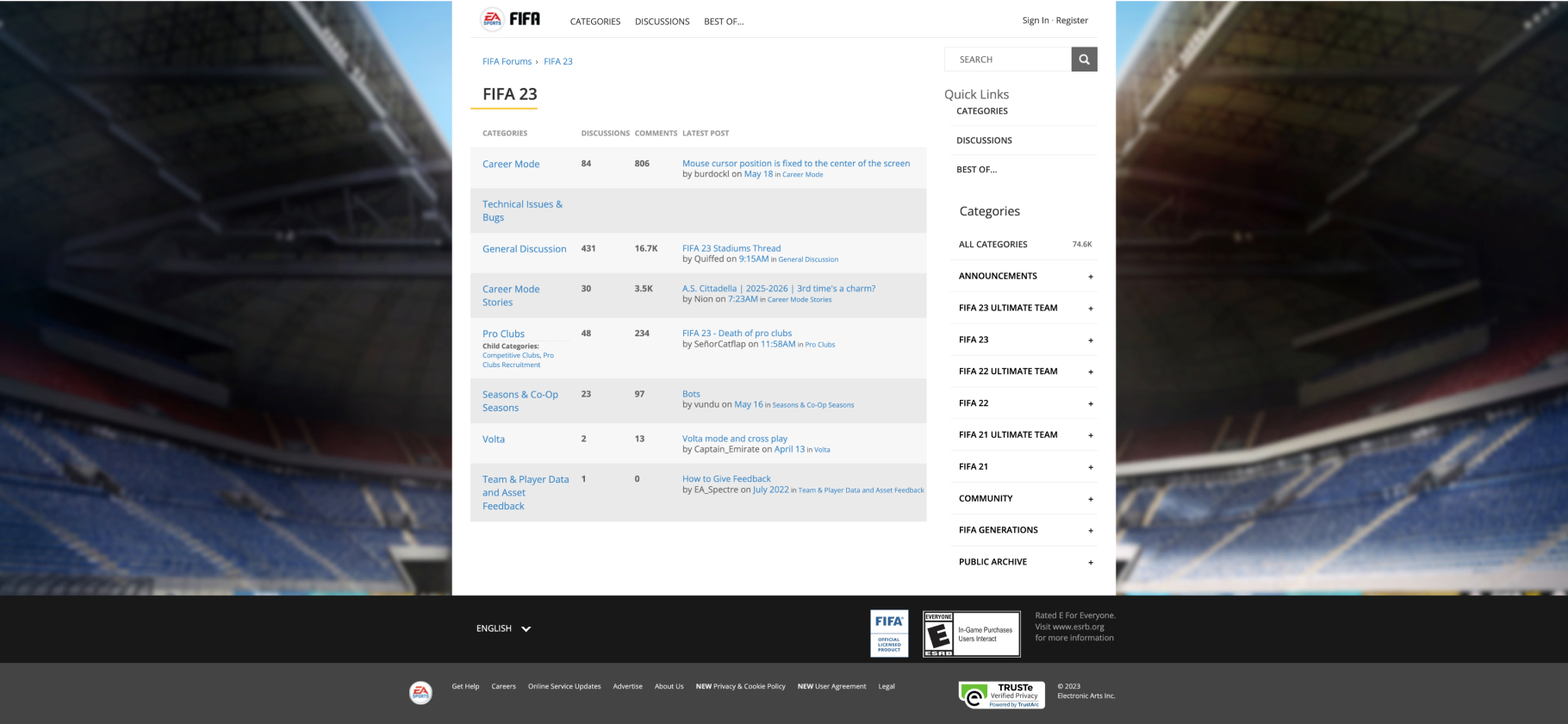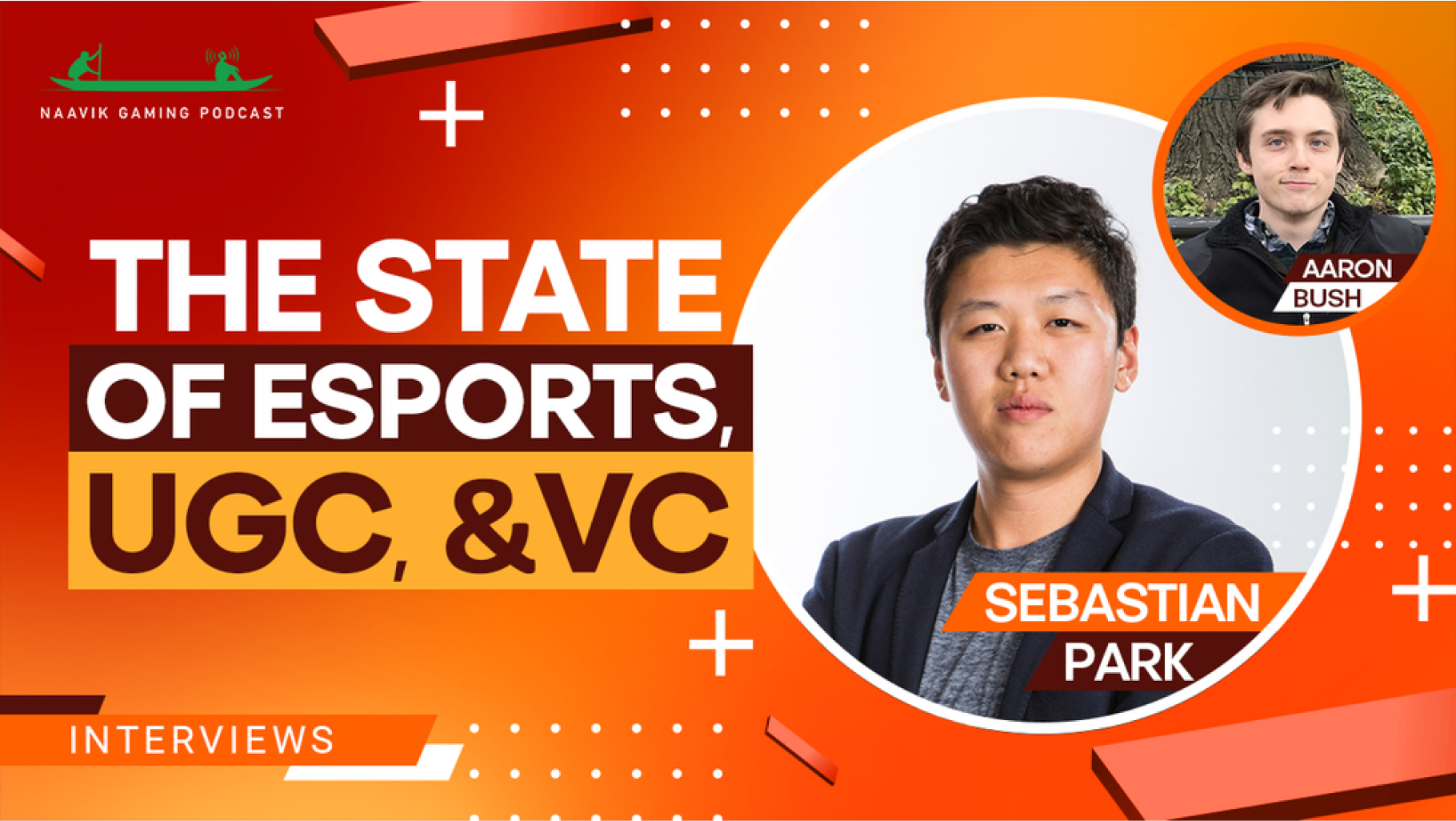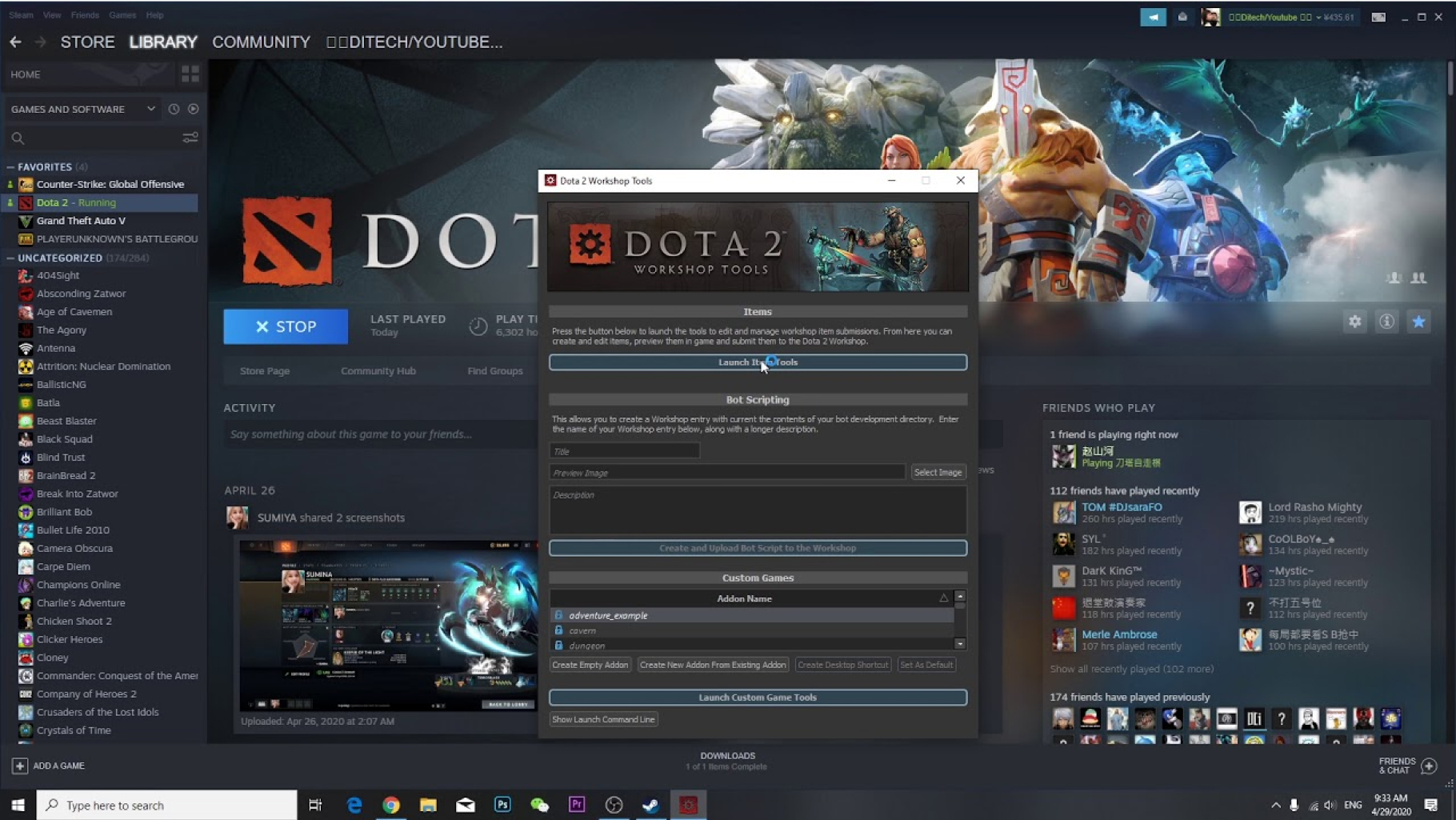Conclusion
User-generated content (UGC) has become an integral part of building a strong and engaged community of fans and players in the eSports industry. UGC allows fans and players to participate in the creation and sharing of content, making them feel more connected to their favorite teams and games. By incorporating UGC into website design, eSports organizations can not only enhance the user experience but also increase engagement and build brand loyalty. Some benefits of UGC include:
Authenticity: UGC is seen as more authentic and trustworthy than traditional marketing content, as it comes from real fans and players who have first-hand experience with the games and teams.
Community building: UGC allows fans and players to connect with each other, fostering a sense of community and belonging.
Increased engagement: UGC can increase engagement by encouraging fans and players to interact with the website and each other.
Cost-effective: UGC is often free or low-cost, making it a cost-effective way to create content.
To fully harness the power of UGC, eSports organizations must prioritize moderation and content curation to ensure that the content on their website is appropriate and aligns with their brand values. Additionally, incentivizing UGC submissions and giving credit to creators can encourage fans and players to participate in content creation. In the end, incorporating UGC into website design is essential for building a strong and engaged community of fans and players in the eSports industry. By doing so, eSports organizations can increase engagement, build brand loyalty, and foster a sense of community among their audience.

